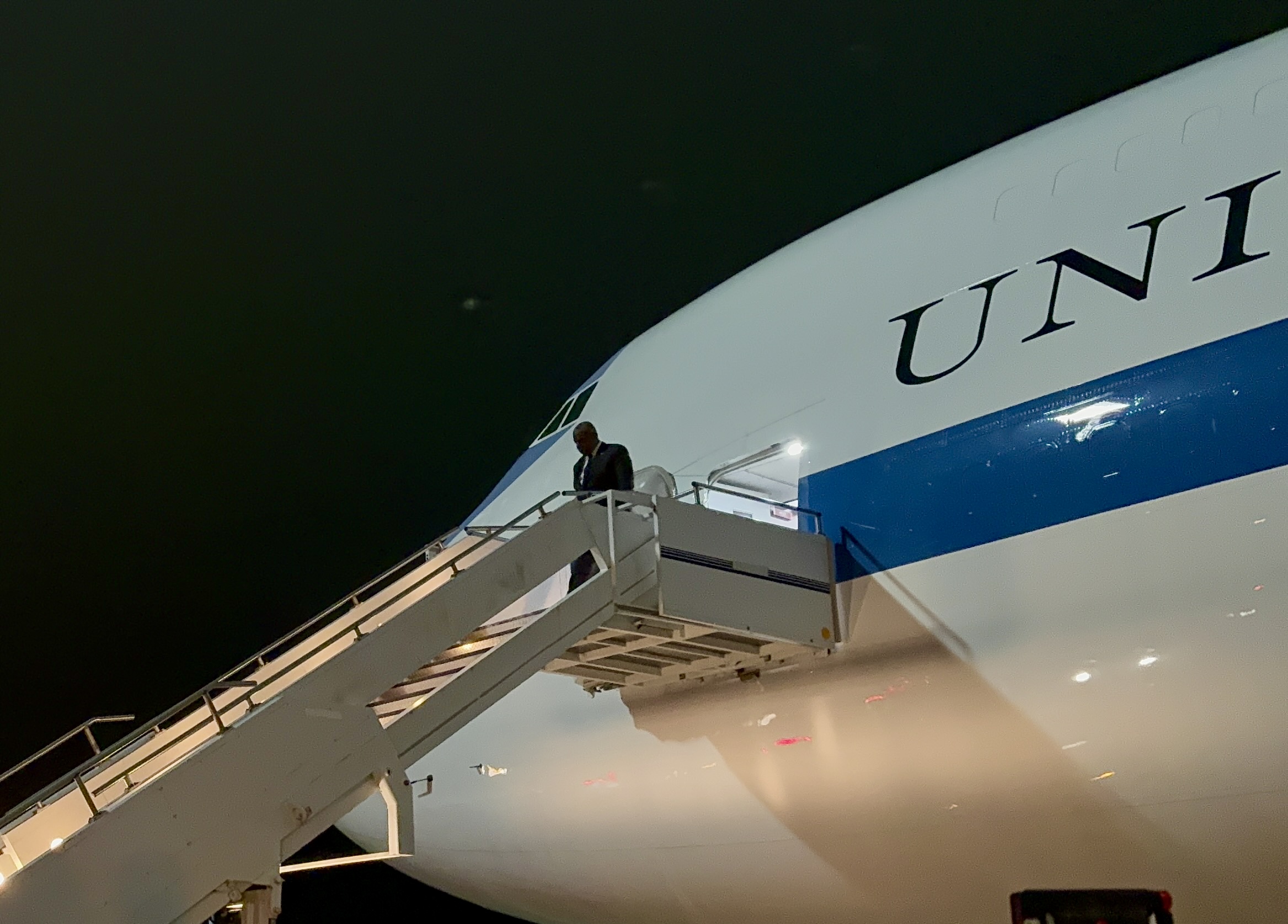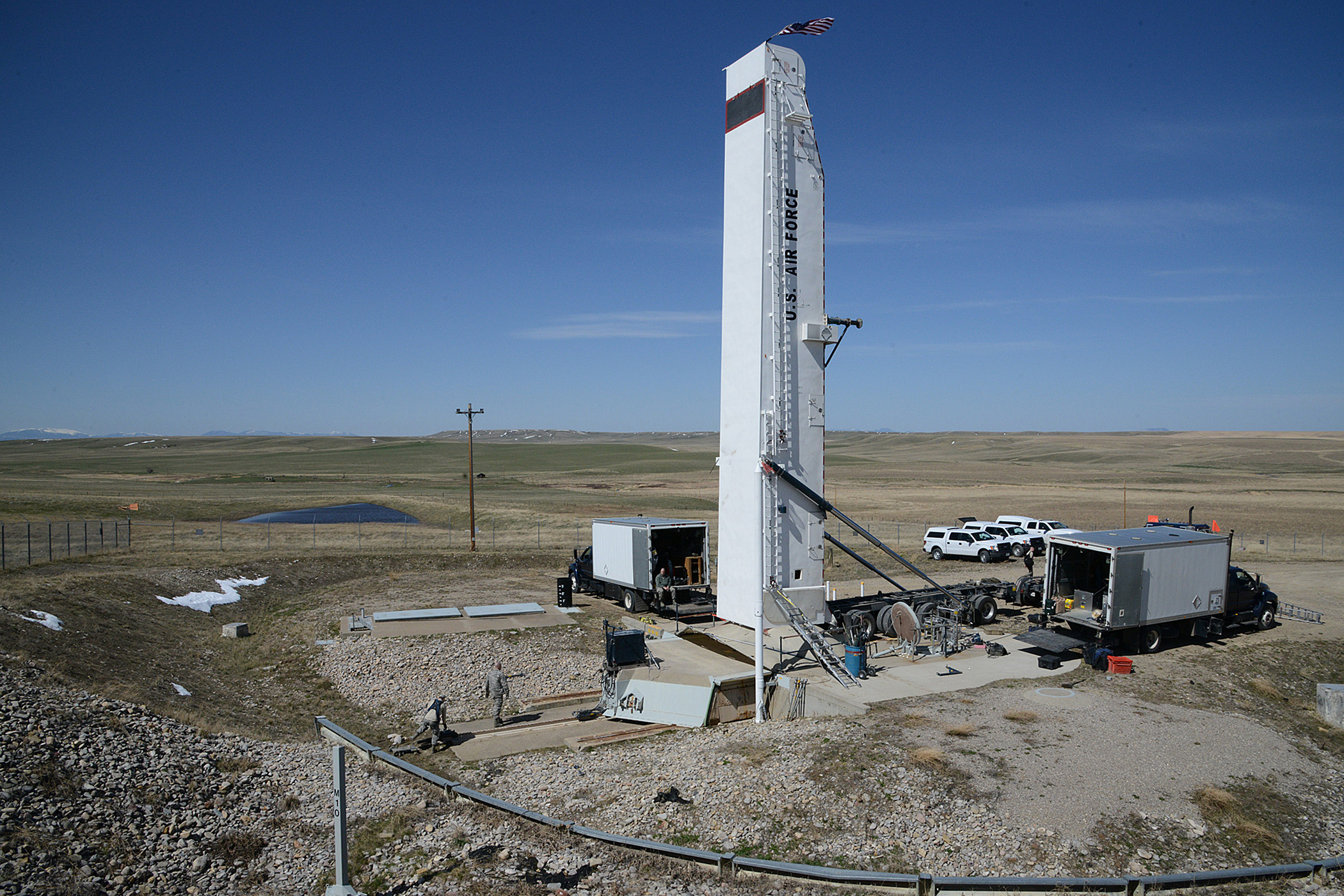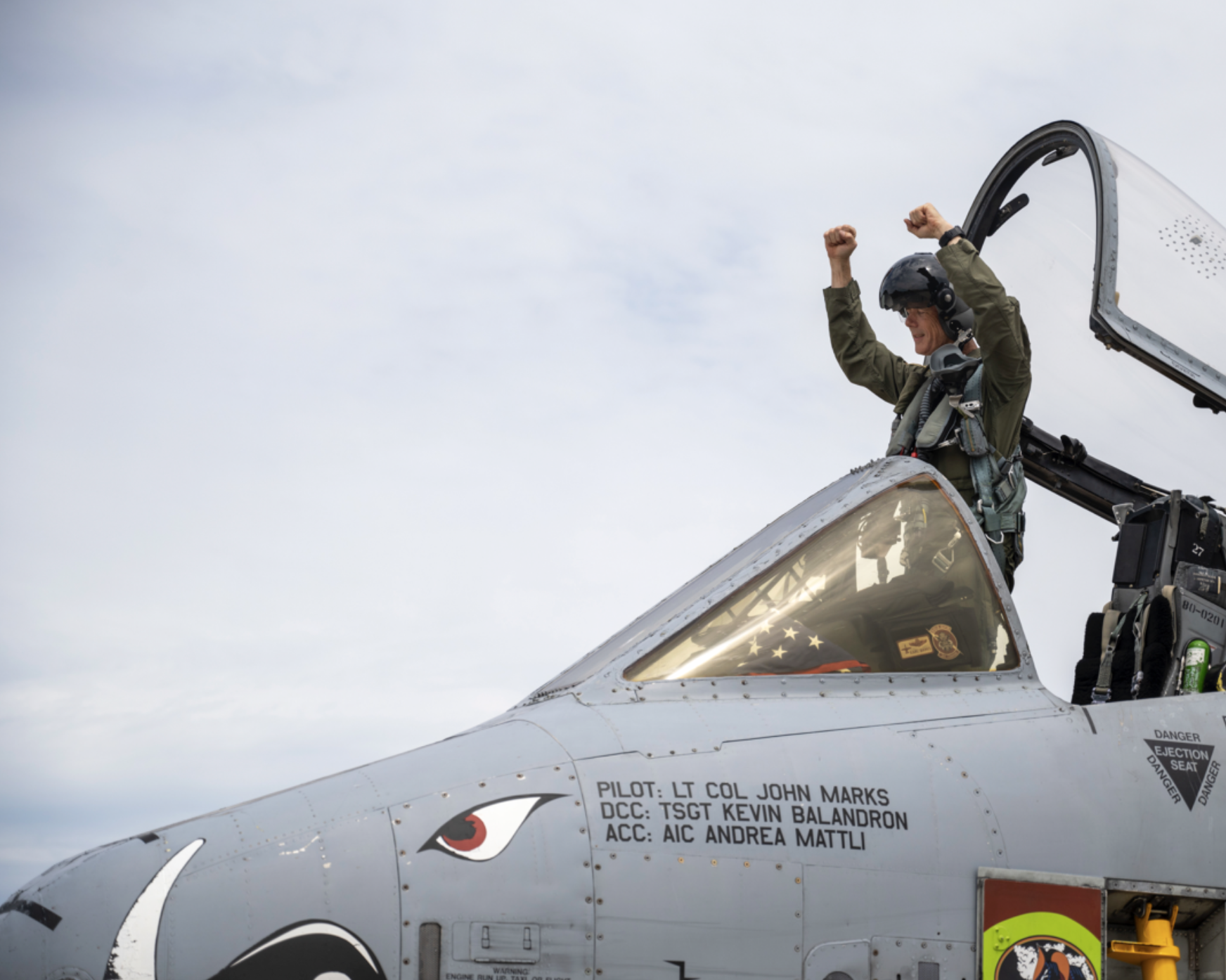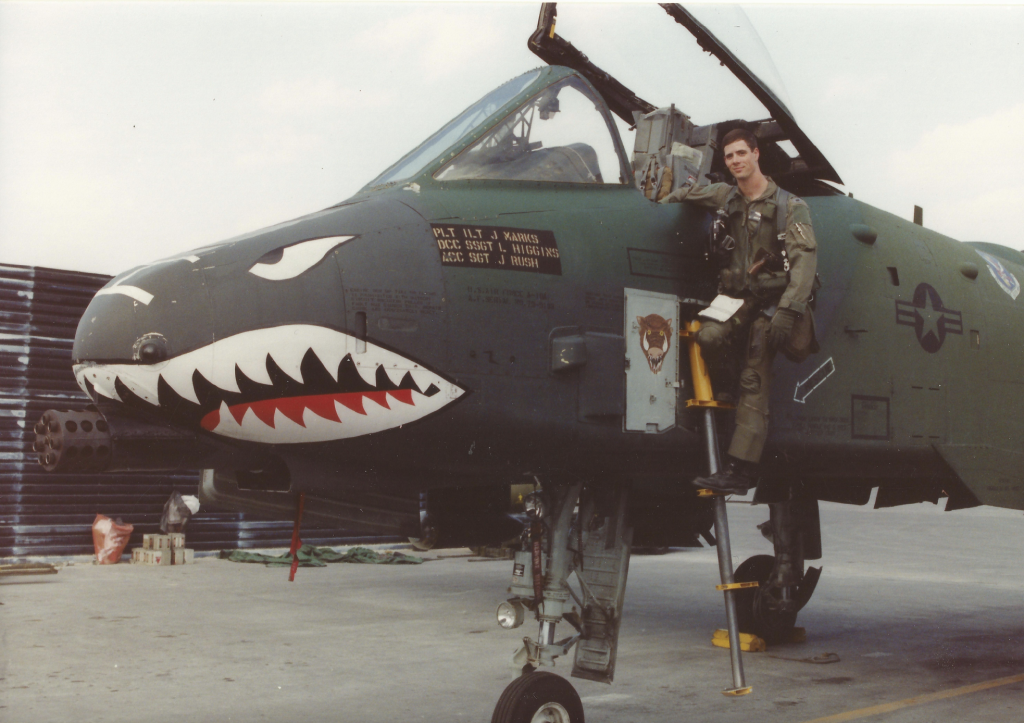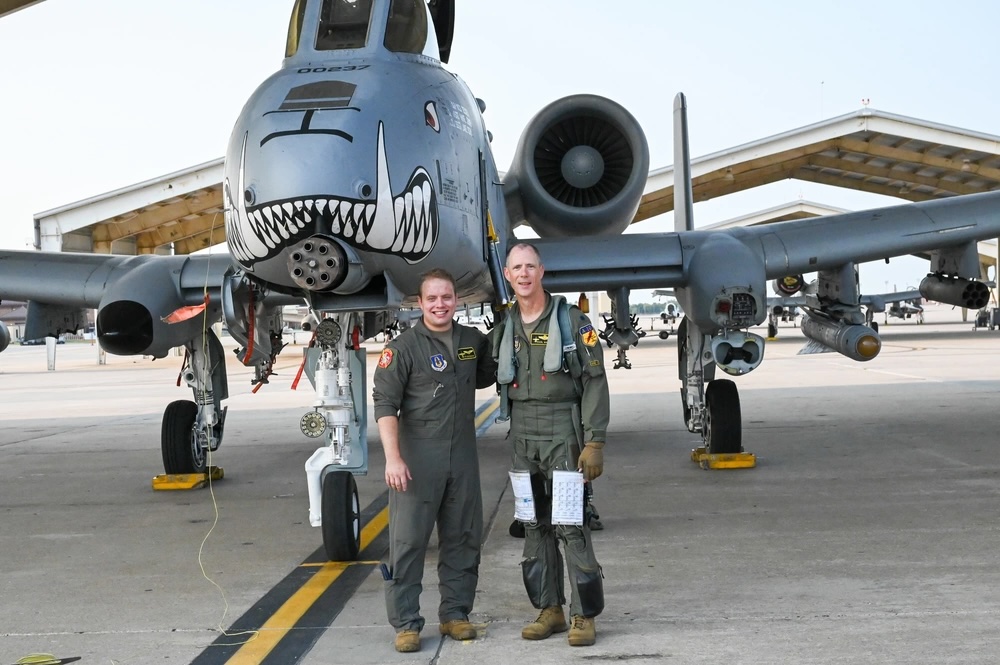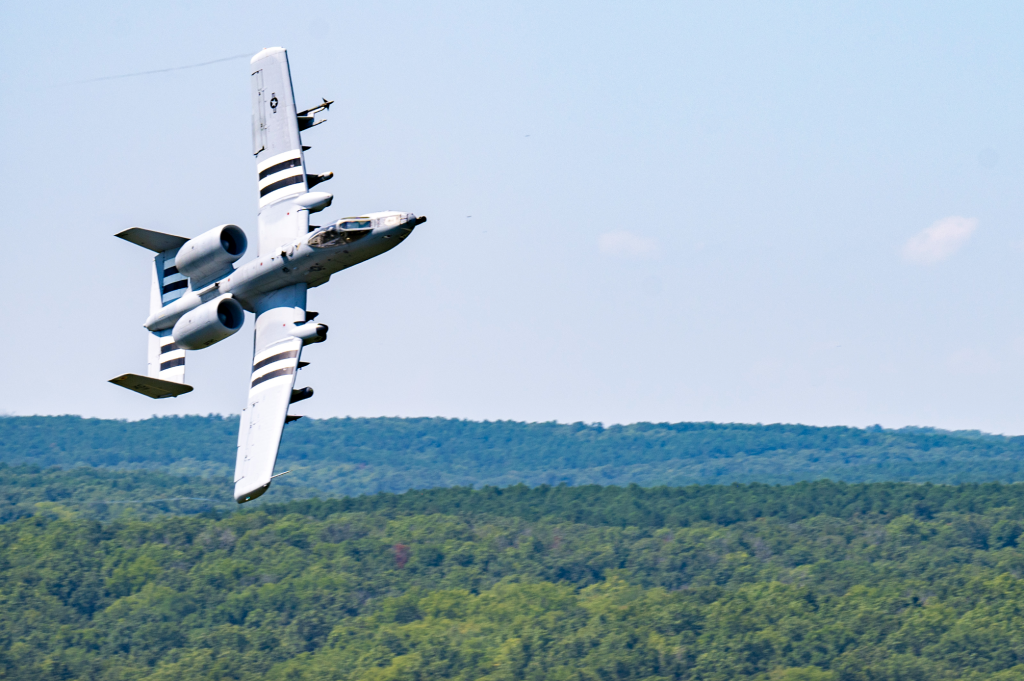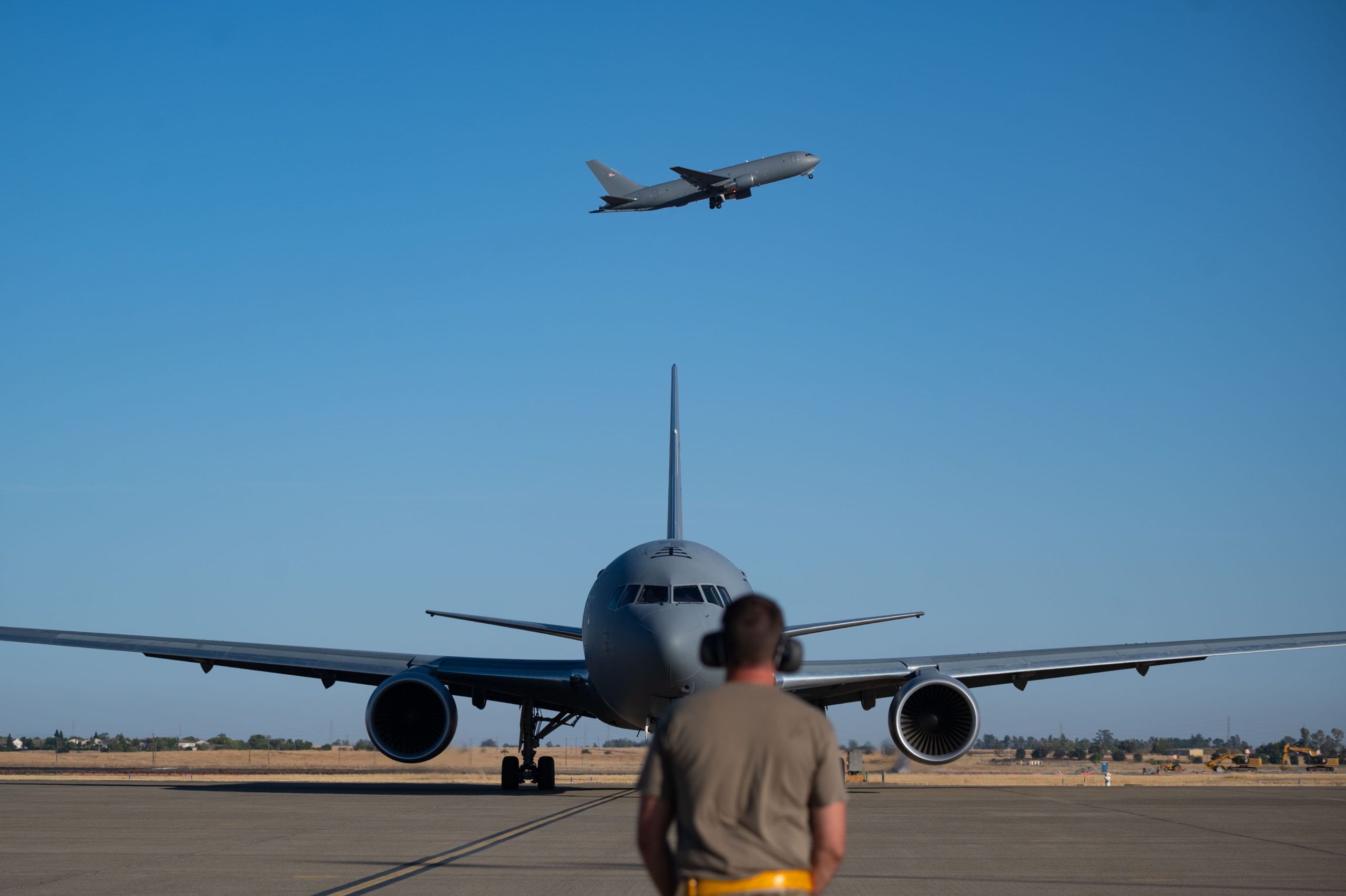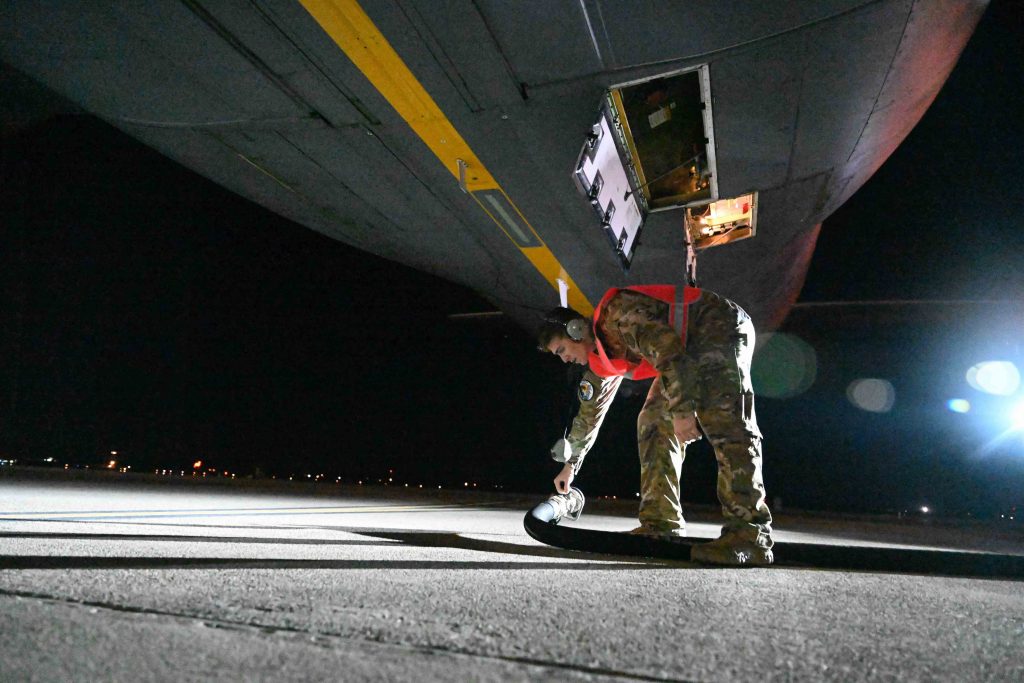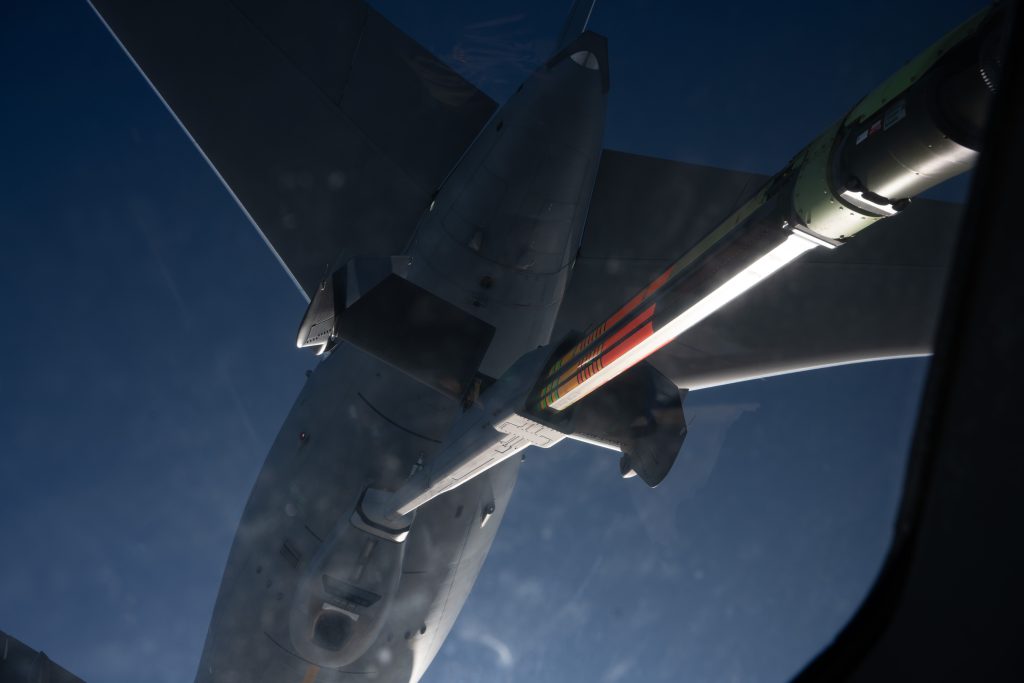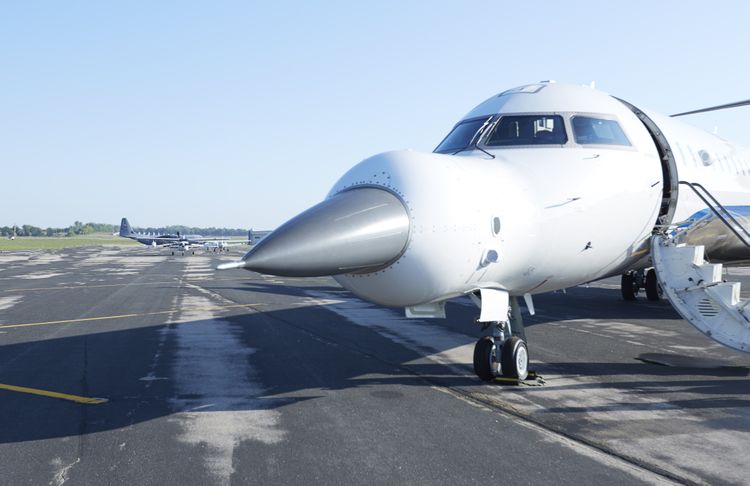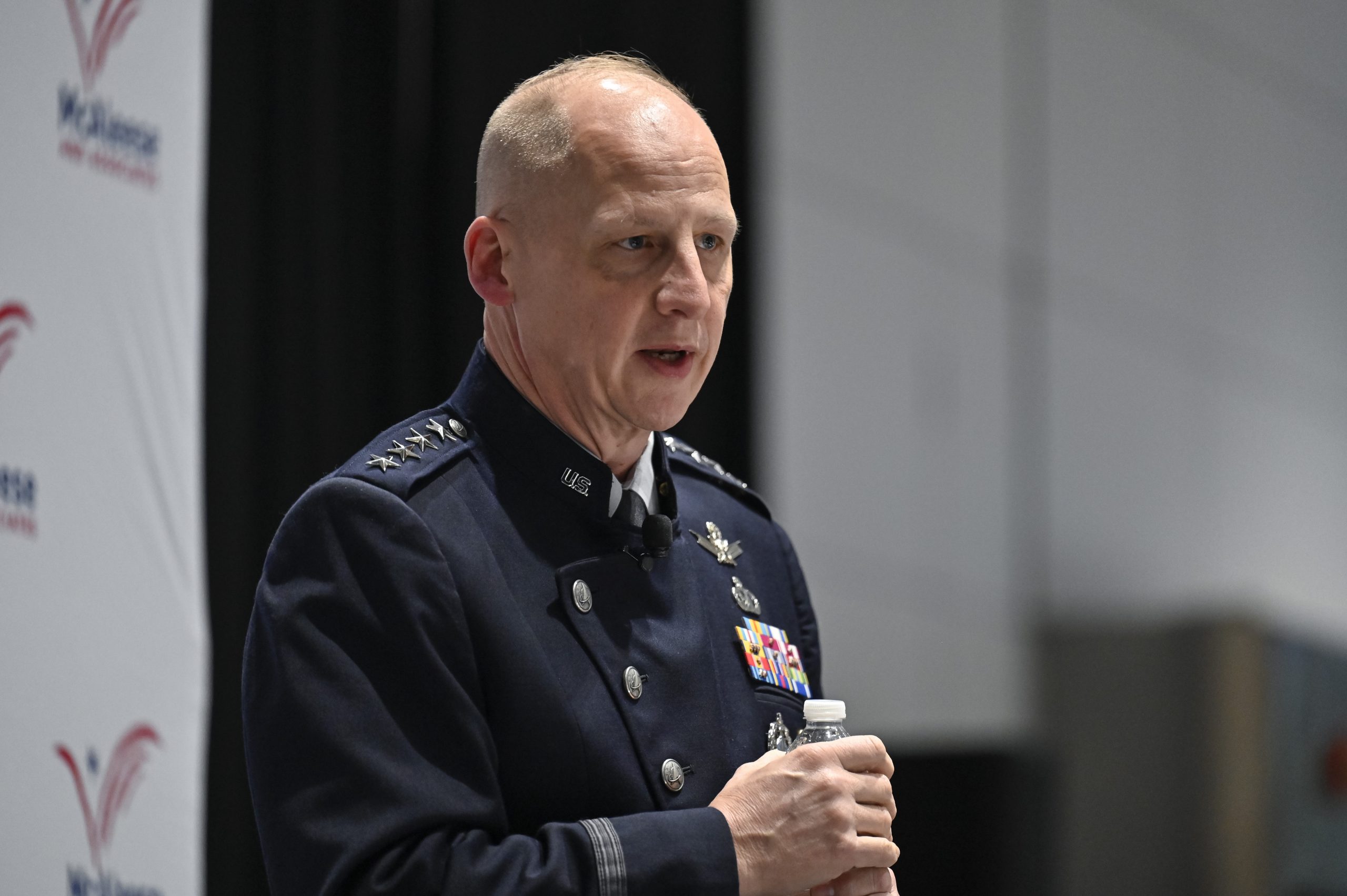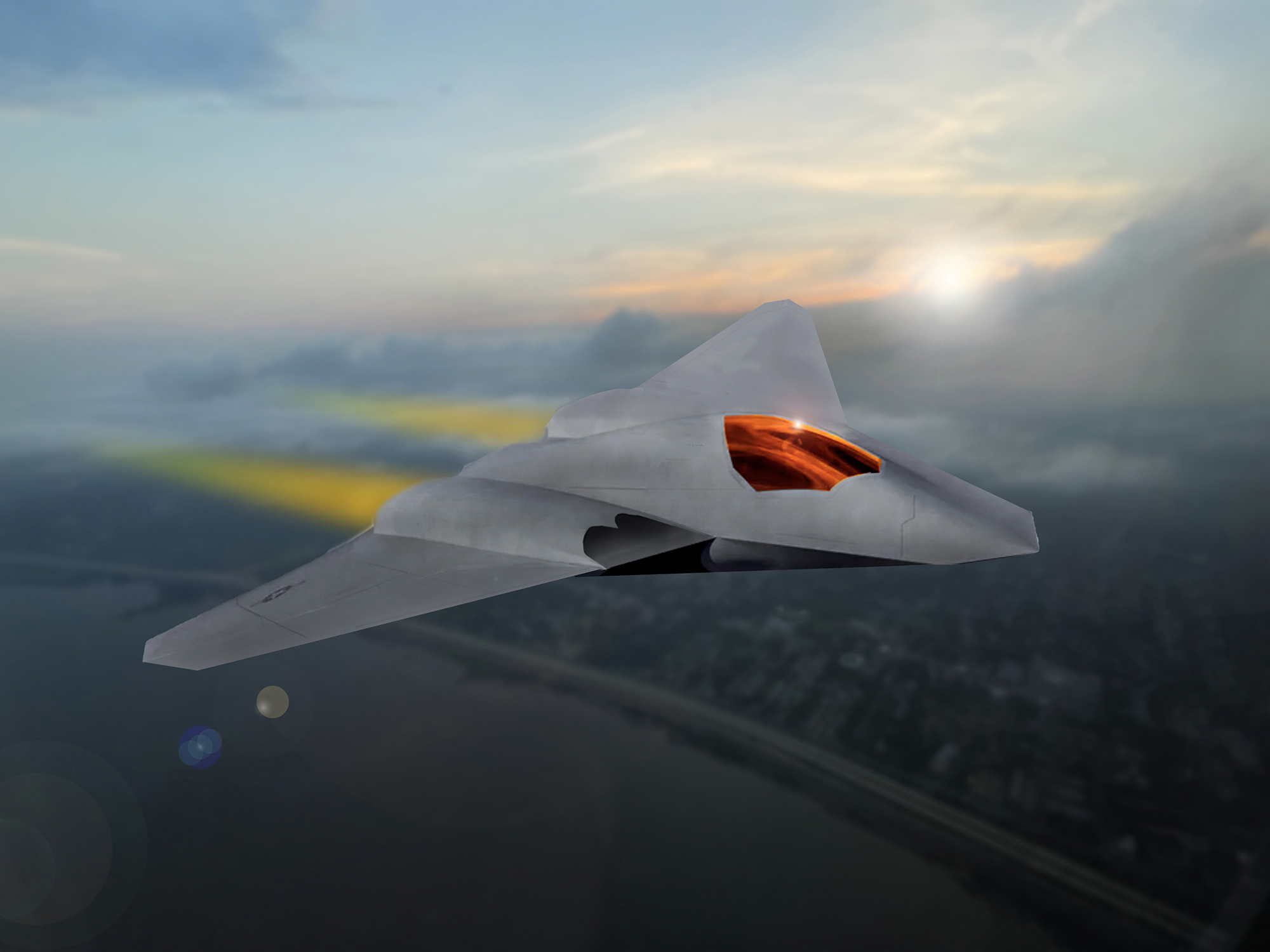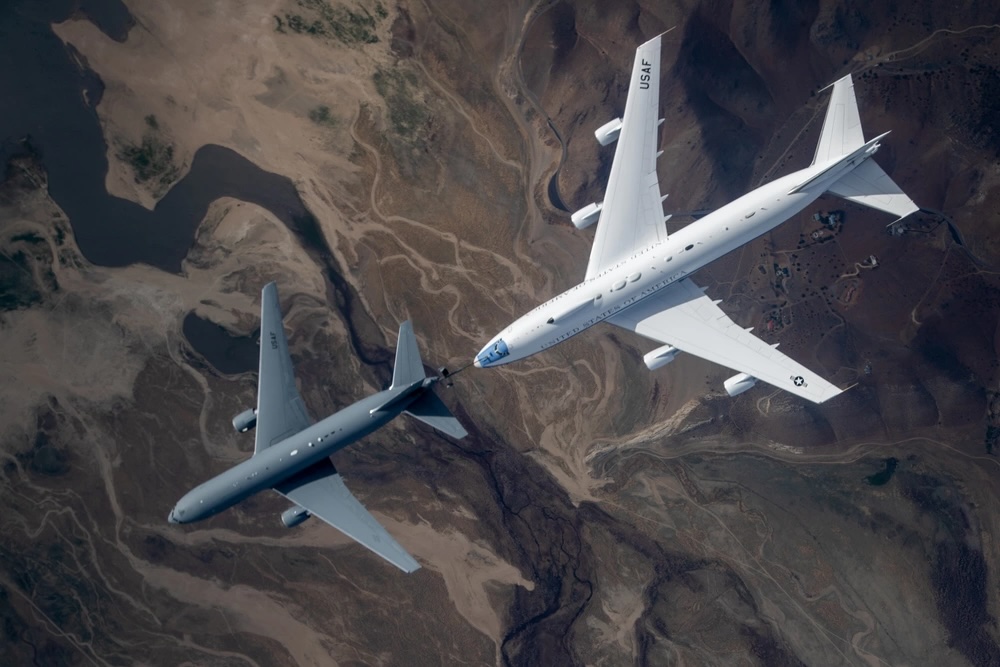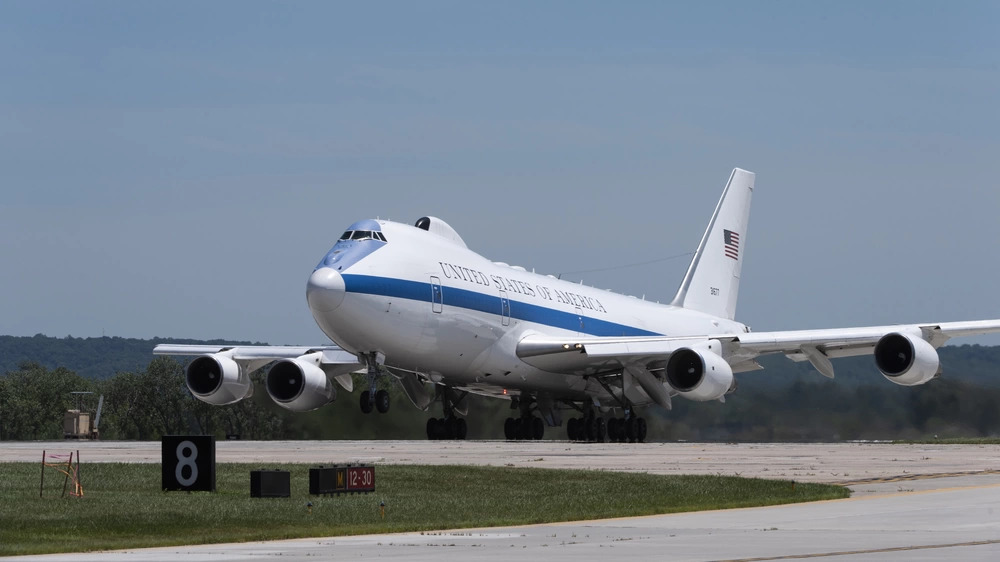RAMSTEIN AIR BASE, Germany—Ukraine is expected to make its case for the U.S. and its allies to remove restrictions barring it from using donated long-range weapons to strike targets in Russia during a key meeting here on Sept. 6. Officials will also urge allies to rush more air defense to the country.
Underscoring the gravity of moment, Ukrainian president Volodymyr Zelenskyy will appear in person to up the pressure.
“We need our partners’ determination and the means to stop Russia’s aerial terror,” Zelenskyy said in a statement on social media. “It is crucial that all the weapons from the already announced support packages finally reach the combat brigades. We also need strong long-range decisions from our partners to bring closer the just peace we are striving for:.
Top Ukrainian officials, including Ukrainian Minister of Defense Rustem Umerov and others, also will gather with roughly 50 allies at Ramstein for the 24th iteration of the Ukraine Defense Contact Group, a monthly meeting convened by Secretary of Defense Lloyd J. Austin III, which is also attended by the Chairman of the Joint Chiefs of Staff Air Force Gen. Charles Q. Brown Jr.
The Sept. 6 meeting of the Ukraine Defense Contact Group will “ensure that Ukraine has what it needs to defend its people from Russian aggression,” Pentagon Press Secretary Air Force Maj. Gen. Patrick S. Ryder said in a statement to Air & Space Forces Magazine. “Key focus areas will include bolstering Ukraine’s air defense capabilities, updates on UDCG capability coalitions—to include the Air Force Coalition, and the energizing of the defense industrial bases of Coalition nations to enable support to Ukraine for the long haul.”
Kyiv has issued increasingly forceful and public calls to provide more help to protect its skies from Russian aircraft and drones after the two largest Russian aerial missile and drone attacks of the year this week, which have left dozens dead.
One month ago, Ukraine launched a surprise incursion into the Kursk region of Russia, hoping to turn the tide of the war back in its favor. Ukraine holds roughly 1,000 square kilometers of Russia.
But the offensive has not relieved pressure on the eastern front by pulling Russian forces away from the front line. Instead, Russia continues to make gains near Pokrovsk, a key hub in the Ukrainian military’s lines of communication.
Ukraine has faced nightly barrages of Russian missile and drone attacks for over a week, which may be in relation for Ukraine’s operation into Kursk. Earlier this week, more than 50 people were killed when Russia hit a military academy in Poltava, Ukraine, in a ballistic missile attack. Ukrainian leaders said they need permission to use Western long-range weapons deep inside Russia to stop such attacks in the first place.
The Biden administration says it is fully committed to Ukraine’s victory—despite the disagreements between Washington and Kyiv over weapons deliveries.
“[F]or two and a half years, the people of Ukraine have stood unbowed. And the United States will continue to stand with them—including providing the air defense systems and capabilities they need to protect their country,” President Joe Biden said in a Sept. 3 statement on the Poltava attack. “Make no mistake: Russia will not prevail in this war. The people of Ukraine will prevail. And on this tragic day, and every day, the United States stands with them.”
Ukraine wants to use ATACMS surface-to-surface missiles and aerial munitions inside of Russia, primarily to target Russian aircraft before they are able to take off and launch their missiles at Ukraine. The U.S. and most other allies set conditions on how and where their advanced weapons can be used and do not allow long-range strikes inside Russia.
“Russian strikes will be impossible if it is possible for us to destroy the occupier’s launchers where they are, along with Russian military airfields and logistics,” Zelenskyy said Sept. 3. “Providing Ukraine with such permissions and such weapons is definitely the biggest step towards a real, just end to this war.”
But so far, U.S. policy remains unchanged.
In one of those attacks by the Russians on Aug. 26, a newly donated F-16 fighter—one of the Vipers Ukraine has been lobbying to get from the West for months—crashed in its first acknowledged combat engagement. The circumstances of the crash remain unclear. The pilot, Oleksiy “Moonfish” Mes, was killed. Ukraine has just a handful of F-16 aircraft and pilots qualified to the fly them.
The head of the Ukraine Air Force was fired soon after the incident, though Ukraine’s defense minister says the move was not related to the F-16 crash.
Zelenskyy also has ordered a major reshuffling of the country’s leadership this week, mostly notably with the departure of the foreign minister Dmytro Kuleba, which amounts to the largest shakeup of Ukraine’s government since the war began in 2022.
Zelenskyy has said Ukraine will make better use of its existing air defense systems.
It is unclear how that may affect how Ukraine uses its F-16s, which have been seen outfitted with AIM-120 AMRAAM and AIM-9 Sidewinder air-to-air missiles that can fend off cruise missiles and drones. Ukraine says the F-16s are successful at the air defense mission despite losing a pilot and aircraft. Ukraine has also been frustrated with the slow delivery of already-promised ground-based air defense systems from allies.
With U.S. elections looming, Ukraine is reckoning with a key moment on whether Western commitment to its security will endure long-term.
“As Secretary Austin has said, Ukraine matters to U.S. and international security, and the efforts of the UDCG continue to play a vital role in Ukraine’s fight for freedom and sovereignty,” Ryder said.
